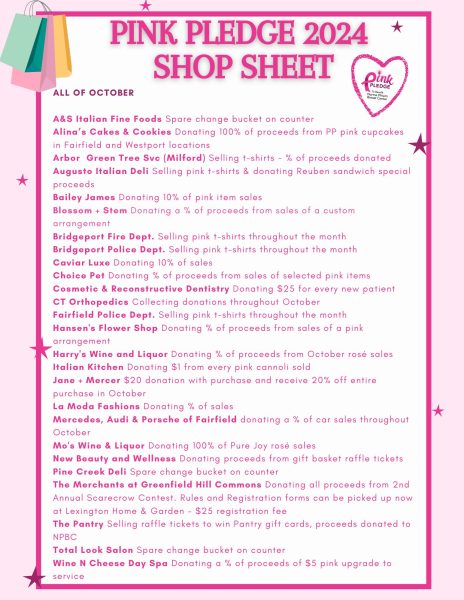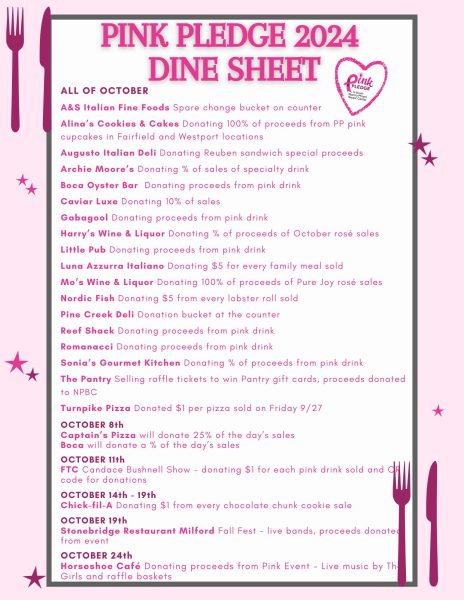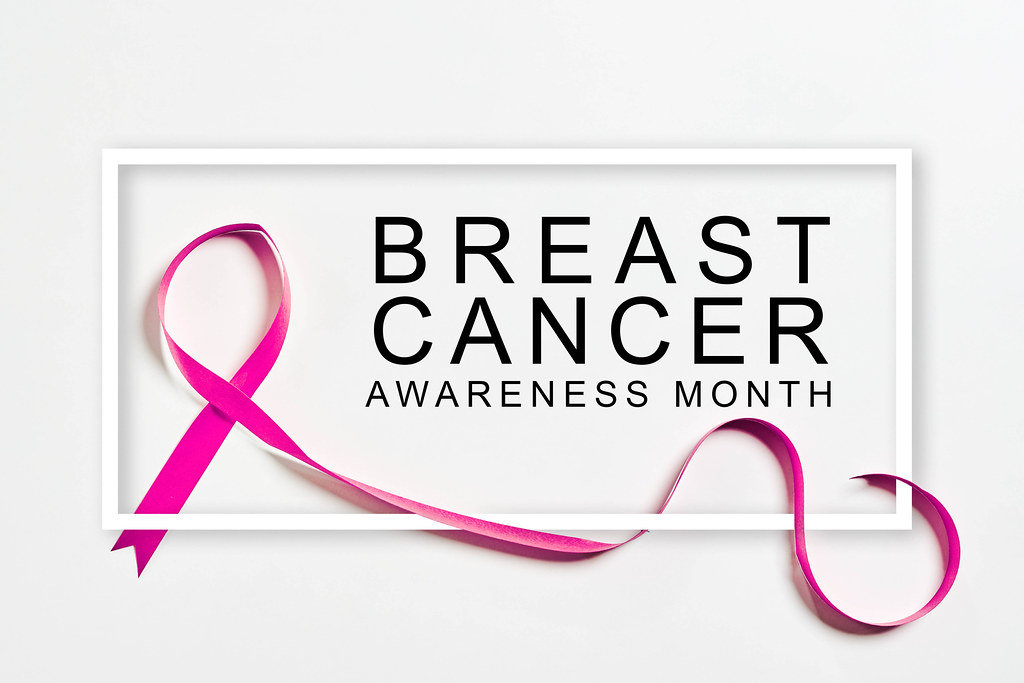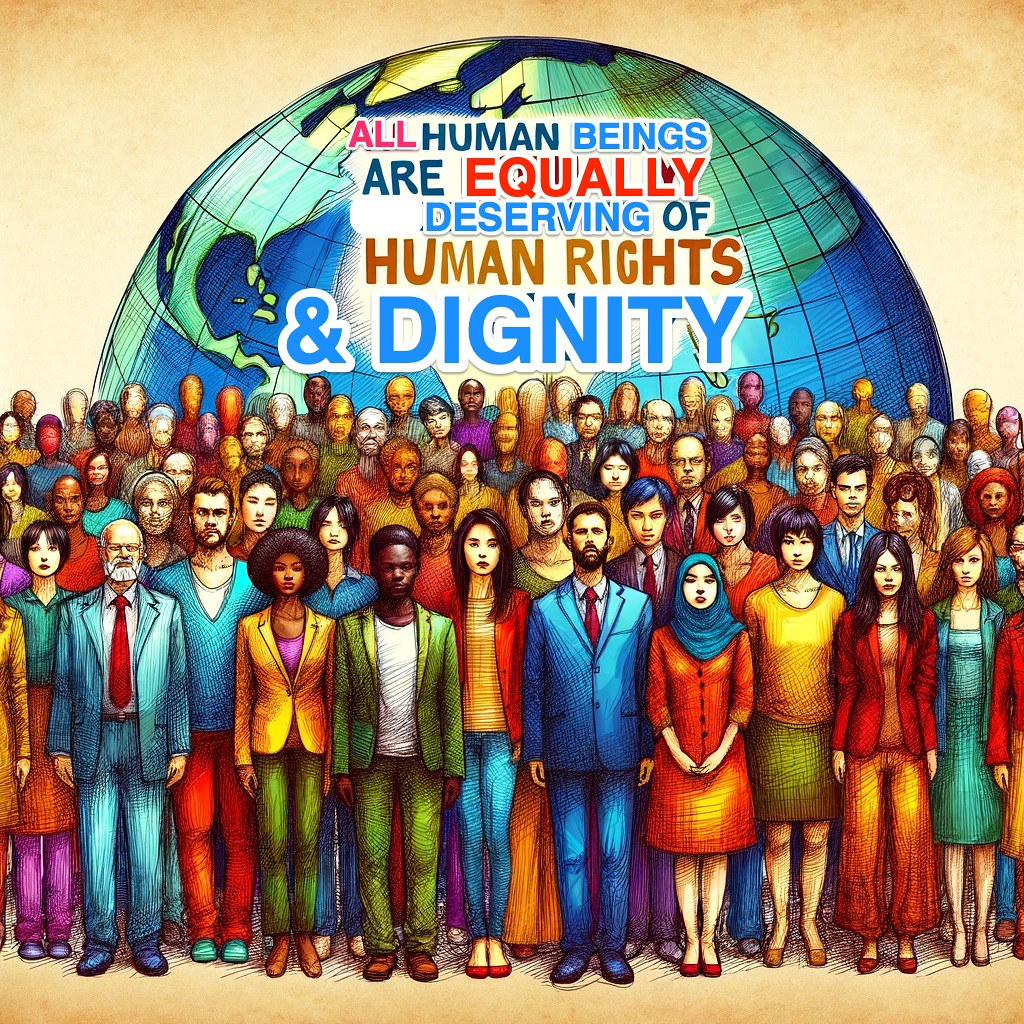It’s time to get your pink ribbons because October is officially the start to Breast Cancer Awareness Month! In 2024 more than 360,000 people were diagnosed with breast cancer, and 1 in 8 women are diagnosed with breast cancer during their lives. In fact, in the United States alone, someone is diagnosed with breast cancer every two minutes. Yet, with the help of early detection and new screening technology, the survival rate when breast cancer is detected early, or in its localized state, is now at 99%. Awareness and understanding are key factors to making sure that breast cancer is caught early and allowing people to lead healthy lives.
What is Breast Cancer?
Breast cancer is when abnormal cells grow in the breasts; it can also move into surrounding tissues and organs. Usually these cells form when cell growth goes wrong or the body creates extra cells. The accumulation of these cells will lead to a noticeable lump, one of the most common signs of breast cancer. In addition to a lump, swelling or a change in skin texture, especially on one side, are also common signs of breast cancer. Although these signs don’t necessarily mean that a person has breast cancer, it is important to have these things looked at by a healthcare professional.
Once diagnosed with breast cancer there are five different treatment options: radiation, hormone therapy, chemotherapy, surgery, or targeted therapy. The most common option is surgery to remove the cancer. However, this option is only viable if the cancer has been caught early on. The rest of the treatments all have potential side effects including hair loss, fatigue, and mood swings. Patients can manage these side effects by eating healthy foods, staying active (a popular way is by practicing yoga), and by taking natural supplements.
Prevention
Usually breast cancer is caused by a mix of environmental and genetic factors. If an immediate family member has been diagnosed with breast cancer, you are more likely to be diagnosed with it as well. Early menstruation, late menopause, never giving birth, or having your first child later on are also all risk factors. On the other hand, environmental factors include lack of physical activity, poor diet, hormone replacement therapy (HRT), and radiation to the chest.
Mammograms are the best way to catch breast cancer early, as they are able to detect the cancer before it can even be felt. Women who are older than 40 should be getting a mammogram every 1-2 years, while women younger than 40 don’t need to get a mammogram unless referred by a doctor. There are two types of mammograms that someone can schedule: a screening mammogram and a diagnostic mammogram. A screening mammogram is for if someone is just going for a regular check up, while a diagnostic mammogram is for if there is pain, a lump, or redness.
How to Help
Throughout Fairfield downtown multiple signs have been put up to support those battling breast cancer and those who have survived it. These signs are part of the Pink Pledge campaign, which is a fundraising campaign whose proceeds go to the Norma Pfriem Breast Center. Multiple restaurants and shops have pledged to donate a portion of their proceeds to this cause, so make sure to dine and shop there this October!


If you can’t make it out to any of these places, you can donate directly to the Pink Pledge Donate site. Help support those affected by breast cancer this month to build a healthier community!



![[Shark Fin Soup] by [Harmon] is licensed under [CC BY-ND 2.0]](https://flhsprospect.com/wp-content/uploads/2025/04/Screenshot-2025-04-24-8.24.37-AM.png)




